The Golden Ratio for Hair Length and Volume: Discover Your Ideal Look
John Frieda, the renowned British hair stylist, introduced the “2.25-inch rule” (approximately 5.7 cm) to help individuals quickly determine the most flattering hair length.
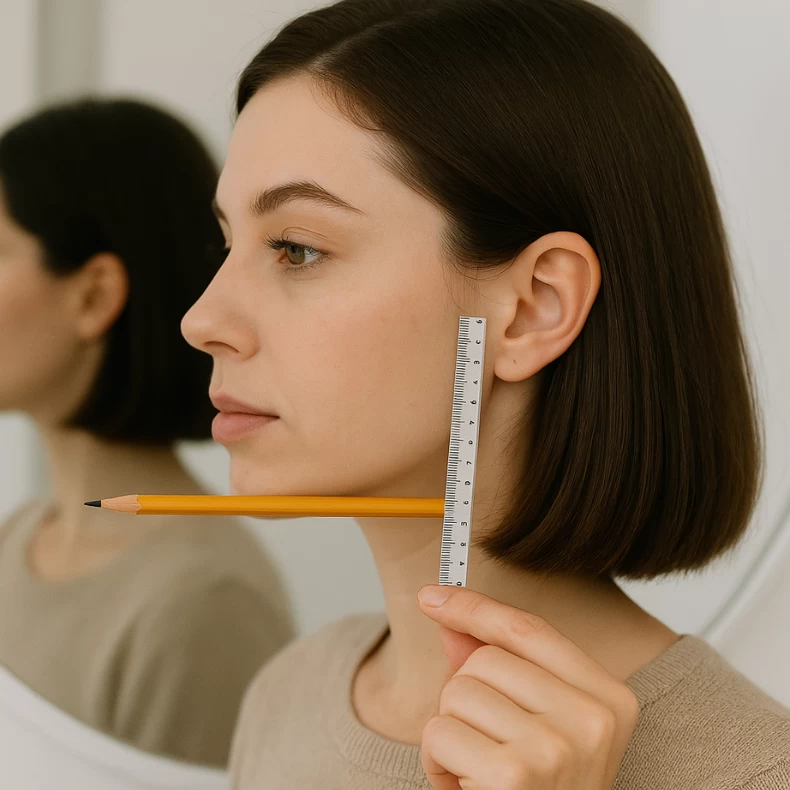
The 5.7 cm Rule: A Simple Guide.
Stand in front of a mirror and place a pencil horizontally under your chin. Then, measure the distance from your ear to the pencil.
– If the distance is less than 5.7 cm, short hair will enhance your facial features, giving you a sharper and more refined look.
– For distances greater than 5.7 cm, longer hair will create a balanced and elegant appearance.
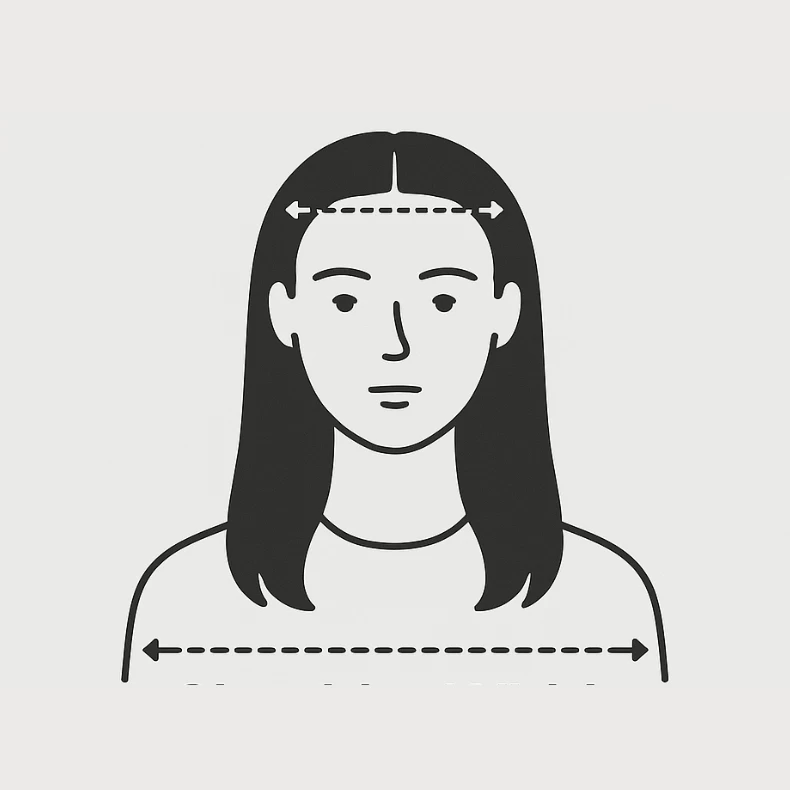
Introducing the 0.47 cm Rule for Hair Length.
Additionally, there’s the “0.47 cm rule,” which involves dividing the width of your forehead by the width of your shoulders.
– If the result is greater than 0.47, short hair will bring harmony to your face and accentuate your unique personality.
– A result less than 0.47 indicates that longer hair will create a sense of balance and softness to your overall appearance.
If both rules give the same result, congratulations! You can confidently rock that hair length. However, if each rule suggests something different, then you’re in luck—you have a “multitasking” face that can pull off various styles.
Balancing Hair Length and Volume
Apart from facial proportions, hair volume plays a crucial role in determining the most suitable hairstyle. For those with thin hair, long locks can cling to the scalp, appearing flat and lifeless. In contrast, short hair provides a natural lift, creating a noticeable bouncy effect.
On the other hand, thick hair can weigh down a short haircut if it’s not layered properly. In this case, a safe option is to go for a medium length with a natural fall, resulting in a softer and more harmonious look.
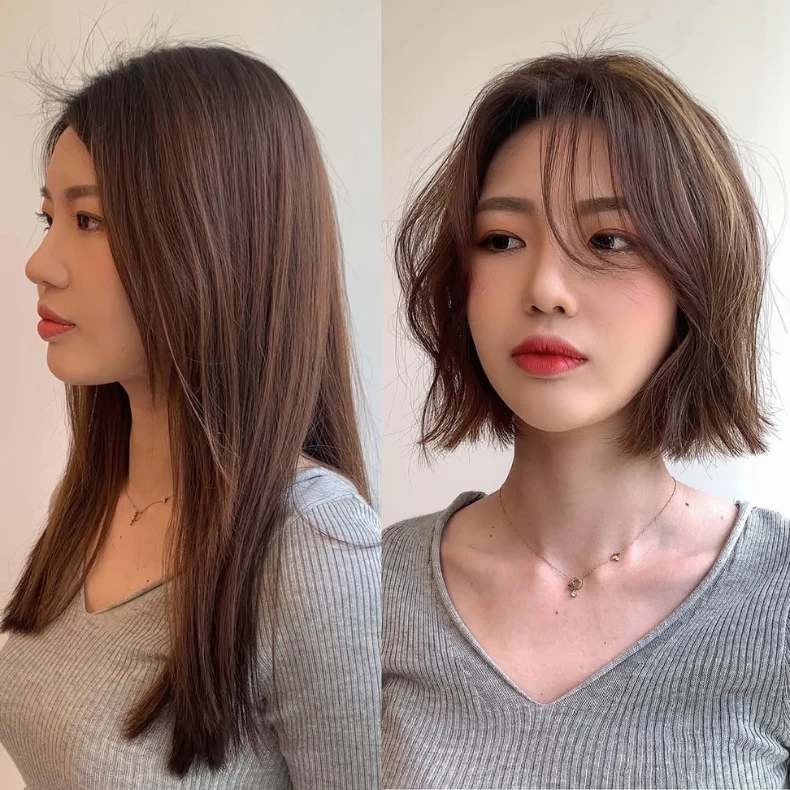
Hair volume also influences whether you should go short or long.
Finding Your Perfect Hair Color: A 3-Step Guide
Once you’ve determined the ideal hair length, choosing the right hair color will be the deciding factor in making you shine. Follow these three simple steps to discover the shade that complements your skin tone and unique aura.
Step 1: Examine Your Iris Color
Your eye color reveals more than you think—it helps determine whether your skin tone is cool, warm, or neutral.
Light brown irises → A
Dark reddish-brown irises → B
Dark brown irises → C
Nearly black irises → D
Step 2: Analyze Your Natural Hair Color and Texture
Your original hair color and texture play a significant role in the final outcome of the dye job.
Light brown hair / thin hair → A
Black hair with red/gray undertones / thin hair → B
Dark brown or bronze hair / normal hair → C
Jet black hair / thick hair → D
Step 3: Observe Your Preferred Jewelry
The type of metal you’re drawn to reflects your skin tone and the colors that suit you best.
Prefer shiny gold jewelry → A
Like smoky, slightly grayish silver → B
Favor matte, muted gold → C
Often wear shiny silver → D
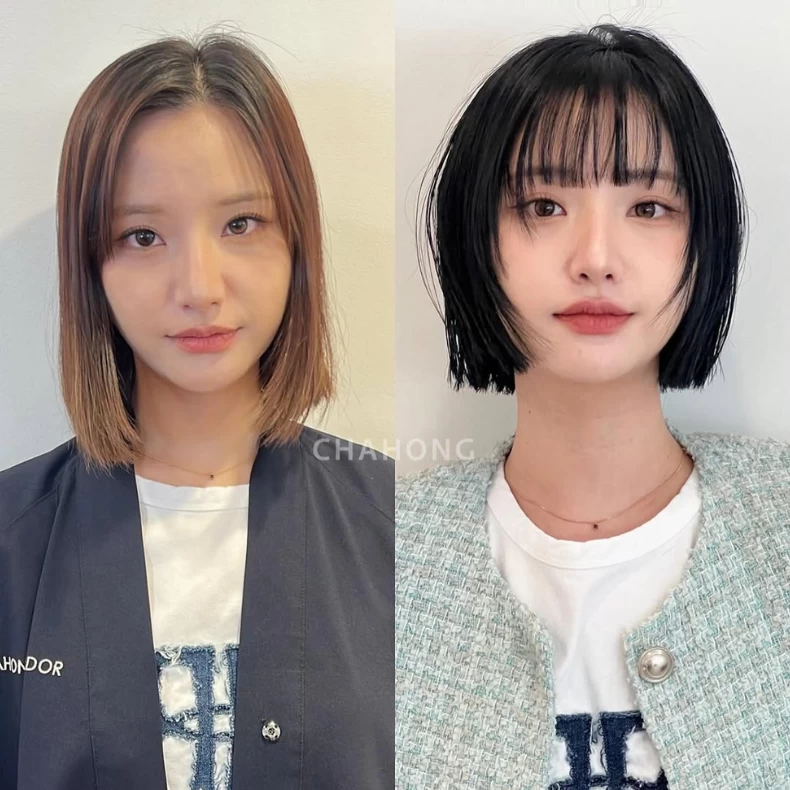
Knowing your skin tone is crucial for choosing the right hair color.
Results: Your Perfect Hair Color Is…
– If you chose mostly A’s and C’s → You have a warm skin tone.
– If you chose mostly B’s and D’s → You have a cool skin tone.
– If A+C = B+D → You have a neutral skin tone.
Ideal Hair Colors for Warm Skin Tones

If you have a warm complexion or a hint of yellow undertones, colors like caramel brown, auburn, honey brunette, or maple syrup blonde will be perfect. These shades, with their warm amber and golden hues, soften the typical yellow cast of Asian skin, adding a radiant and fresh look.
Additionally, warm hair colors create a sense of closeness and friendliness. When paired with straight or sleek hair, these shades create a translucent effect, appearing natural and luminous. In the sunlight, the hair reflects subtle golden highlights, capturing everyone’s attention with its gentle beauty.
Best Hair Colors for Cool Skin Tones
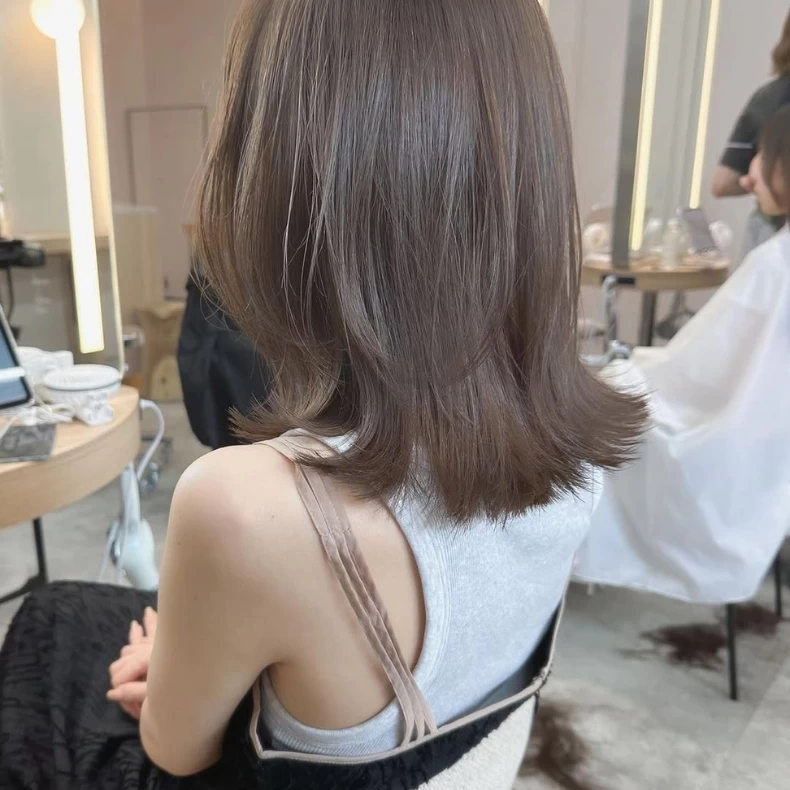
For those with a cool, pale complexion or pink undertones, hair colors with bluish-violet hues like dark ash brown, mint brown, ash brown, or grayish-violet brown will be stunning. These shades act as a natural “cool-toned filter,” enhancing your facial features and creating a sleek, modern look. This style is especially ideal for those who favor a cool and contemporary aesthetic.
If you’re concerned about the intensity of cool tones, a hint of ash brown can soften the color while maintaining its freshness. This option is perfect for professionals or those who want a neat, youthful look with a touch of individuality.
Perfect Hair Colors for Neutral Skin Tones
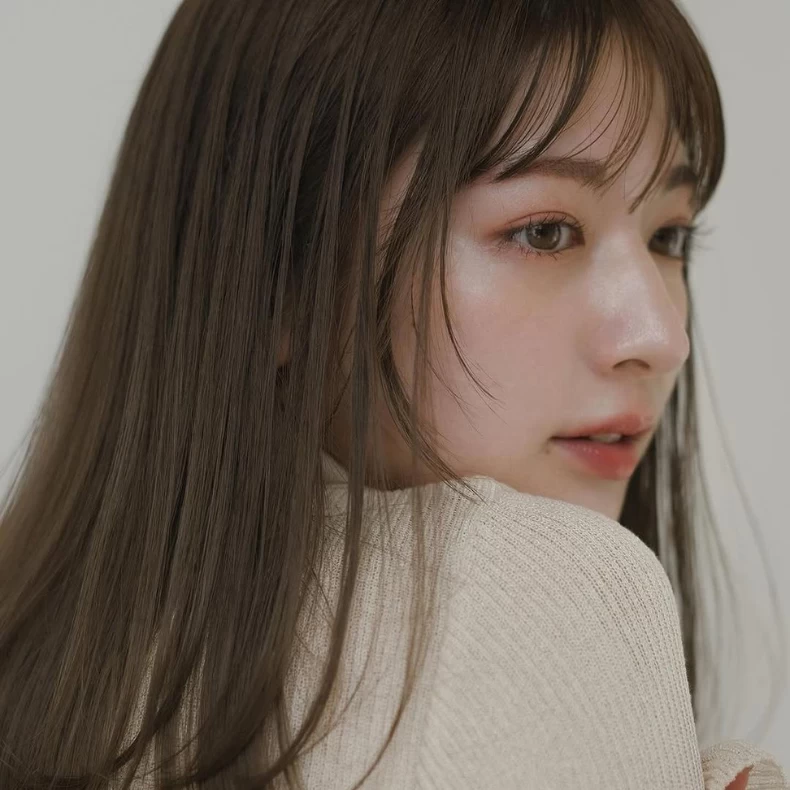
With neutral skin tones, you have the advantage of choosing from a range of colors, from brown to chocolate to milk tea shades. These versatile shades, falling between cool and warm, can complement various skin colors, from fair to wheatish complexions. Not only do they brighten the skin naturally, but they also add depth and dimension to your face, accentuating your delicate features.
For instance, light ash brown creates a dreamy, ethereal look, ideal for those who want to venture into lighter shades while maintaining a subtle, understated appearance. Chocolate brown, on the other hand, is lively yet versatile, enhancing the hair’s shine and texture, suitable for both formal and casual occasions. Meanwhile, dark brown, softer than jet black, can appear natural and light indoors but reveal a captivating brown hue outdoors, providing a subtle yet striking transformation.
Neutral tones are a safe choice, easily adaptable to different styles, whether for the workplace or special events, allowing you to express your personality without worrying about making a fashion faux pas.
Why Do Many Middle-Aged Women Opt for Their Natural Hair Color, Even Though Dyeing Could Make Them Look a Decade Younger?
“Dye your hair and take a decade off your age.” This is the promise that many mature women seek when it comes to hair coloring. Yet, a growing number are forgoing the dye and even embracing styles typically associated with younger women. So, why are they abandoning the dye and opting to embrace their natural silver strands?






































